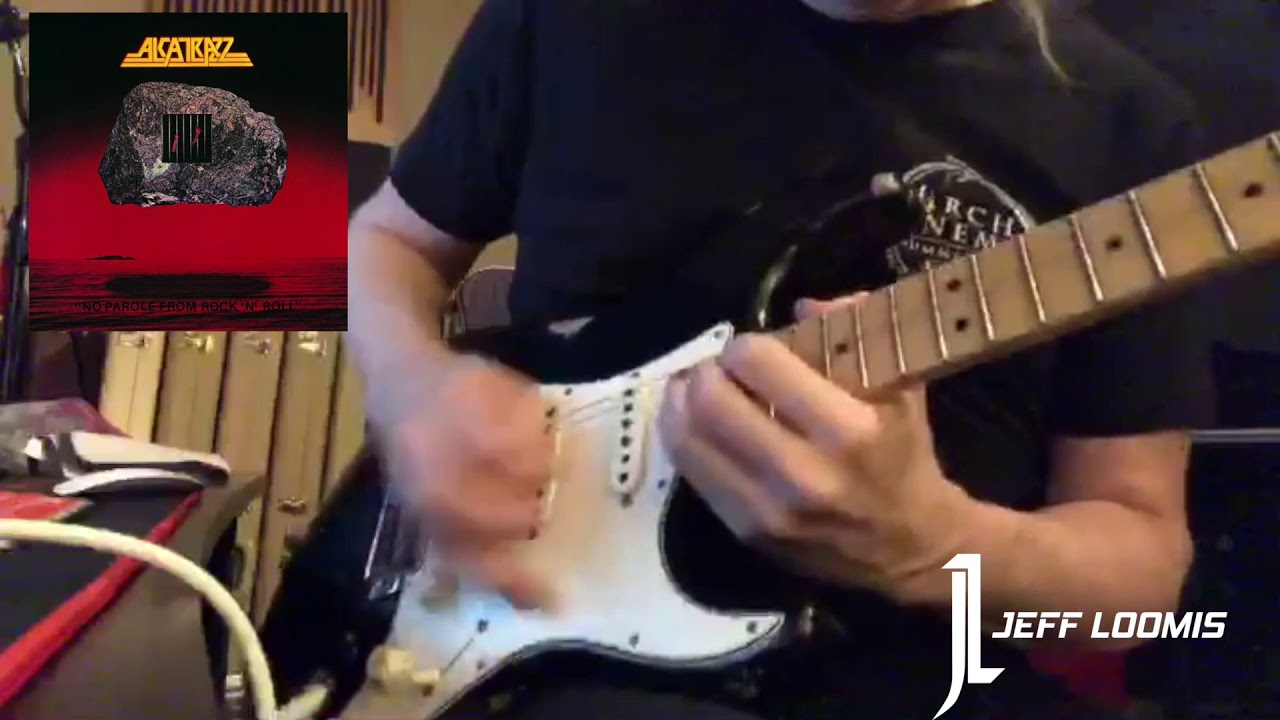Great takes!
Set #1
This is fast! It’s clearly an elbow mechanic, but the wrist angle/hand position looks like a downward pick slant. I’ve been there myself - we are fighting nature with this setup  This seriously looks almost identical to my own critique I submitted. I’d try pronating your forearm some and getting either a neutral or slightly upward pickslant. This will give you more of a natural DSX (which is all the elbow is capable of), and will make any riffs you play that switch after downstrokes work very effortlessly. This is what was recommended to me. Once I implemented, no joke, my max picking speed went from like 16ths at 190-ish to 16ths north of 220 on good days. For general DSX and elbow motion guidance, check this out if you haven’t already:
This seriously looks almost identical to my own critique I submitted. I’d try pronating your forearm some and getting either a neutral or slightly upward pickslant. This will give you more of a natural DSX (which is all the elbow is capable of), and will make any riffs you play that switch after downstrokes work very effortlessly. This is what was recommended to me. Once I implemented, no joke, my max picking speed went from like 16ths at 190-ish to 16ths north of 220 on good days. For general DSX and elbow motion guidance, check this out if you haven’t already:
Set #2
Interesting! This appears to be circle picking? Troy steers clear of that term in most cases because what most people call “circle picking” is what happens when the picking motion is driven by flexing/extending the thumb joint (think Yngwie Malmsteem or Joe Stump when they do economy picking). Despite the misnomer, this usually doesn’t create a circular motion. However, in the wide shot that starts around 0:27, it totally looks like you’re drawing a circle to me. I confess I do not know enough about this movement to recommend anything positive or negative. The movement is so tiny it is hard to see if there’s an upwards or downwards escape, which is really what we’re after. That may be why you say you can’t apply this to actual note sequences. If the pick isn’t clearing the strings naturally, you’ll either get stuck or be forced to hop over them. We’d need to see an actual attempt with this picking against string changes to fully diagnose. Now, we know string hopping is off the table, BUT getting stuck can actually be usable if you know how to utilize it. Check this out:
Set #3
This looks like good DSX to me! Clean string changes after downstrokes. It definitely looks like it could be used to shred some Paul Gilbert style stuff. I wonder why the fatigue/pick grip problem occurs? Perhaps you’re trying to use it on licks/riffs that don’t conform to it naturally? The example you showed here works out to naturally change strings after downstrokes. How long/fast can you play this example for the problem set in?
TLDR;
You’ve got an excellent start because you’ve shown us 3 different pick motion mechanics that are all fast and can be used to shred if the ‘rules’ are used. Nice work, and looking forward to what this site will do to your already good playing abilities.

